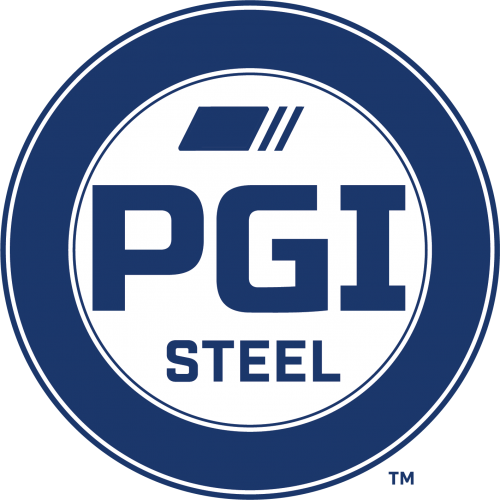Work In Process
After the material for your job has passed our material receiving inspection, it becomes work in process. Work in process is primarily guided by two major factors; our documentation and our operators.
Our Documentation
The work order includes the following information, when specified by the customer:
A. Customer P.O. #, due date, and shipping date.
B. Quantity of each item and detail # if provided.
C. Part description: size, material type, shape and customer drawing number, if available.
D. Operations to be performed: burning, annealing, stress relieving, grinding, machining, fabricating and/or inspection.
E. Dimensions, tolerances and surface finish requirements.
The work order may be more than one page for the same customer purchase order, depending on the number of different items and the complexity of the operations to be performed.
For each work order, job travelers are produced for each line item listed on the order. These travelers accompany the material as it “travels” from work center to work center. The traveler contains the same information as stated above (see A-E) and also includes the specific work centers to be used. In certain cases, additional detailed information is added to the job traveler, in order to process the item(s) per the customer’s specifications.
The original copy of the work order is held in the “Work in Process” file with the customer purchase order and all customer drawings, which are discretely controlled. The second copy of the work order is held by the shipping & receiving department.
The job travelers are used by PGI Steel’s production and operations managers to schedule and organize the orders for routing them to a specific work center and shift.
When the job traveler and the material arrive at the specified work center, the production manager and/or operations department manager with the machine operator determine the optimum set-up to satisfy the specific job requirements.
Our Team: The Key to an Optimal Quality Management System
At the time the machine operator receives the part(s) to be worked, they become responsible for checking each detail of the order, the number of pieces, the configuration, the dimensions & tolerances as well as surface finish requirements, all of which dictate the process to be used. As each job step is completed, the machine operator scans the job traveler bar code to complete the particular job step. The operator records finished sizes, flatness, parallelism, and other detailed information required by the job traveler. Once this is complete, the operator then circles, dates, and initials the particular job step on the job traveler.
Throughout the work in process, each machine operator is responsible for initial quality assurance relative to dimensions, tolerances and surface finishes in order to comply with customer specifications. The machine operator records finished sizes, parallelism, flatness, and other detailed information required by the job traveler. Questionable parts are moved to the inspection department for further inspection by the operations manager and/or quality inspection. If parts do not meet specifications, a “Deviation Request” is made and the customer is contacted. A determination is made whether the parts are accepted as manufactured, accepted with corrective action taken to rework the parts, or rejected and replaced.
If the parts are accepted by the customer as manufactured, the department manager then initials the deviation request, attaches it to the job traveler, and gives the job traveler to the material handler who then moves the parts & the job traveler to the next work center. A copy of the approved deviation request form is also attached to the work order and one copy accompanies the packing list upon shipment.
If the parts are accepted by the customer but must be reworked, a “Corrective Action Report” (CAR) is filled out by the department manager or operations manager and attached to the job traveler. The traveler and the parts are then returned to the department for rework per the “CAR”. If the parts are rejected by the customer, the department manager returns the job traveler to the production manager for reprocessing. The production manager clearly labels the parts “Rejected Do Not Process” and instructs the material handler to move the material to a secure “material holding area”. The material and job traveler is then moved by the material handler to the next work center. After all job steps have been completed, the material and the job traveler are then moved to final inspection.

